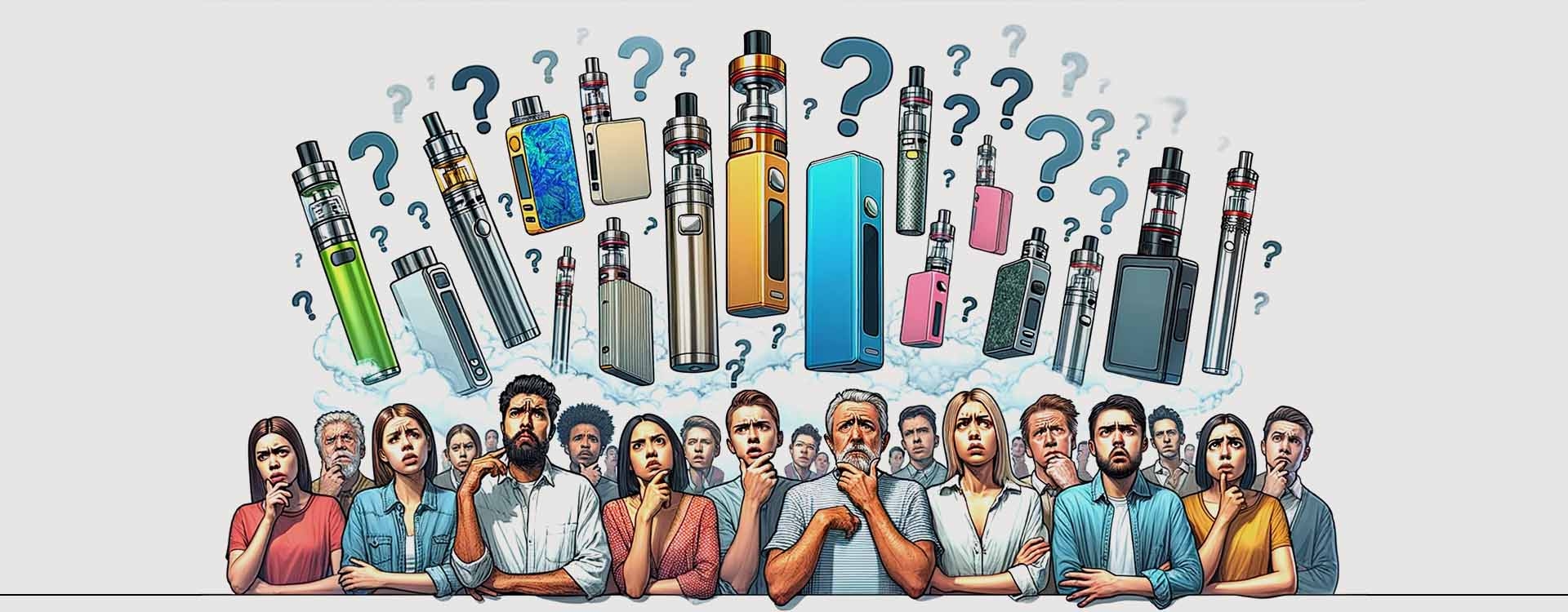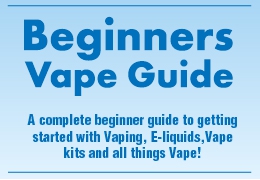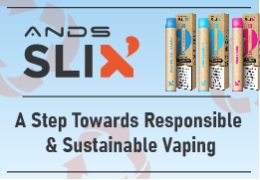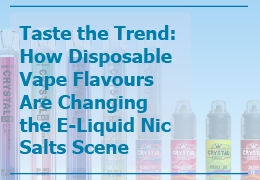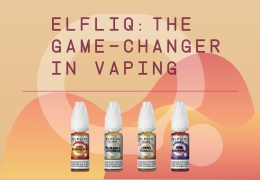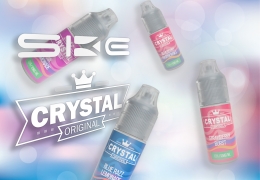Introduction
Vaping has grown into a popular activity, embraced by a diverse community ranging from former smokers looking for a less harmful alternative to tobacco, to enthusiasts who enjoy the technology and customisability of vaping devices. If you're new to the world of vaping, or simply looking to deepen your understanding, the jargon can sometimes be a barrier. This guide aims to demystify common vaping terms, helping you to navigate this community with ease.
1. VG (Vegetable Glycerin)
Vegetable Glycerin is a thick, sweet liquid commonly used in e-liquids. VG is derived from vegetable oils and is responsible for producing large amounts of vapour. E-liquids with a higher VG content are popular among those who prefer a smoother throat hit and denser vapour clouds, often sought after by cloud chasers. VG also has a slightly sweet taste, which can affect the overall flavour of the e-liquid.
2. PG (Propylene Glycol)
Propylene Glycol is a thinner liquid compared to VG and is also used in e-liquids. PG is known for carrying flavour more effectively than VG, providing a stronger taste as well as a more pronounced throat hit, similar to the sensation one might experience when smoking a traditional cigarette. E-liquids with higher PG content are ideal for those who prefer flavour intensity and a more substantial throat hit.
3. Ohm (Ω)
The term Ohm refers to the unit of measurement used for electrical resistance. In vaping, it is used to describe the resistance level of the coil in an atomiser. Lower resistance coils (sub-ohm, typically less than 1 ohm) are designed to operate with higher power and produce more vapour, but they consume e-liquid and battery life more rapidly. Higher resistance coils, on the other hand, are better for slower, more controlled vaping and tend to preserve e-liquid and battery life.
4. DTL (Direct-to-Lung)
Direct-to-Lung vaping is a style where the vapour is inhaled directly into the lungs, bypassing the mouth entirely. This method is similar to taking a deep breath through a wide straw and is preferred by those who enjoy large, dense clouds of vapour.
DTL vaping is typically associated with lower resistance coils (sub-ohm) and higher power settings, which facilitate the production of a greater volume of vapour. E-liquids used for DTL vaping generally have a higher VG content to maximize vapour production and reduce throat hit, enhancing the smoothness of the inhalation. This style is popular among more experienced vapers who are looking for an intense vape and robust flavour delivery.
5. MTL (Mouth-to-Lung)
Mouth-to-Lung is a vaping style that mimics the act of smoking a traditional cigarette. It involves drawing vapour into the mouth first and then inhaling it into the lungs.
MTL devices usually have higher resistance coils and provide a tight draw, which is preferred by users looking for a similar experience to smoking, typically using higher nicotine strengths or nicotine salts in their e-liquids.
6. RDTL (Restricted Direct-to-Lung)
Restricted Direct-to-Lung vaping is a style that sits between Direct-to-Lung (DTL) and Mouth-to-Lung (MTL) vaping. It involves inhaling vapour directly into the lungs with slight restriction, offering a balance between intense flavour and substantial vapour production. This style is preferred by vapers who find DTL too open and MTL too tight.
7. MG/ML (Milligrams per Milliliter)
Milligrams per milliliter sometimes simply refered to as (mg) is the measurement used to indicate the concentration of nicotine in e-liquids. This metric helps vapers understand the strength of the nicotine content in their vape juice. Common nicotine strengths include 5 mg/ml, 10 mg/ml, and 20 mg/ml.
- 5 mg/ml: This lower concentration is typically preferred by those who are light smokers or are in the process of reducing their nicotine intake. It provides a mild effect, suitable for long vaping sessions without overwhelming nicotine delivery.
- 10 mg/ml: A medium strength that offers a balanced option for regular smokers transitioning to vaping. It strikes a good balance between throat hit and nicotine satisfaction.
- 20 mg/ml: This is the highest nicotine strength widely available within regulatory limits in many regions, including the EU under the TPD regulations. It's intended for heavy smokers who need a higher nicotine dose to satisfy cravings effectively.
Choosing the right nicotine strength is crucial as it influences both the flavour and the overall vaping experience. Higher nicotine levels typically provide a stronger throat hit, which some users may find harsh, while lower concentrations allow for a smoother experience, often preferred by those who enjoy deep, direct-to-lung inhales.
Understanding mg/ml measurements helps users manage their nicotine consumption and tailor their vaping experience to their personal needs and smoking habits.
8. mAh (Milliampere-hour)
Milliampere-hour (mAh) is a unit of measurement used to express the energy storage capacity of a battery. In the context of vaping, mAh indicates how long a battery can run before it needs to be recharged. Higher mAh ratings mean that the battery can last longer between charges, allowing for extended use.
- 300-800 mAh batteries are typically found in smaller, more compact devices. These batteries are lighter and more portable but will require more frequent charging.
- 900-2000 mAh batteries are common in larger devices that support extended vaping sessions and higher power settings without the need for frequent recharging.
The choice of mAh depends on personal vaping habits and device requirements. For those who vape frequently or prefer settings that consume more power, a higher mAh battery is advisable. Conversely, casual vapers or those who prioritize device size and portability might opt for a lower mAh rating. Understanding how mAh affects your vaping choices helps you choose the right battery that balances longevity, performance, and convenience.
How to Use This Information
Understanding these fundamental terms will enhance your vaping knowledge and help you make informed decisions about the products that suit your preferences. Whether you are looking to create impressive vapour clouds or want a closer alternative to smoking, knowing these terms will assist in choosing the right device and e-liquid for your needs.
Conclusion
This guide aims to provide clarity on some of the most common vaping terminologies, enhancing your understanding and helping you to engage more deeply with the vaping community. With the right knowledge, you can tailor your experience to your preferences and enjoy the full potential of your devices.
Remember, the right balance of PG and VG, the appropriate ohm level, and the style of inhalation are all key to customising your experience. Whether you are a beginner or an enthusiast, we hope this guide serves as a valuable resource in your vaping journey. Feel free to share this information and help spread knowledge in the vaping community!
Written by Jakub.O
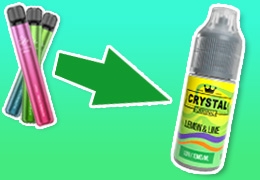 How To Adjust To The Upcoming Single Use Vape BanRead more
How To Adjust To The Upcoming Single Use Vape BanRead more Can you take vapes on a plane in 2025? | UK Vape Scene Official Blog17th February 2025Posted in: Guides & News0 LikesRead more
Can you take vapes on a plane in 2025? | UK Vape Scene Official Blog17th February 2025Posted in: Guides & News0 LikesRead more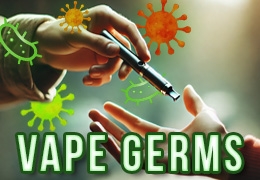 Sharing’s Caring Unless It’s With Your Vape! | UK Vape Scene31st January 2025Posted in: Guides & News0 LikesRead more
Sharing’s Caring Unless It’s With Your Vape! | UK Vape Scene31st January 2025Posted in: Guides & News0 LikesRead more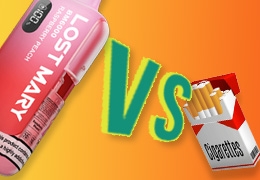 Is Vaping Better Than Smoking? | UK Vape Scene Official Blog29th January 2025Posted in: Guides & News0 LikesRead more
Is Vaping Better Than Smoking? | UK Vape Scene Official Blog29th January 2025Posted in: Guides & News0 LikesRead more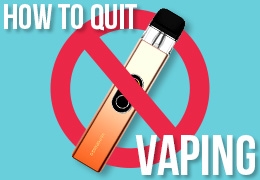 How To Quit Vaping In 2025 | UK Vape Scene Official Blog24th January 2025Posted in: Guides & News0 LikesRead more
How To Quit Vaping In 2025 | UK Vape Scene Official Blog24th January 2025Posted in: Guides & News0 LikesRead more
